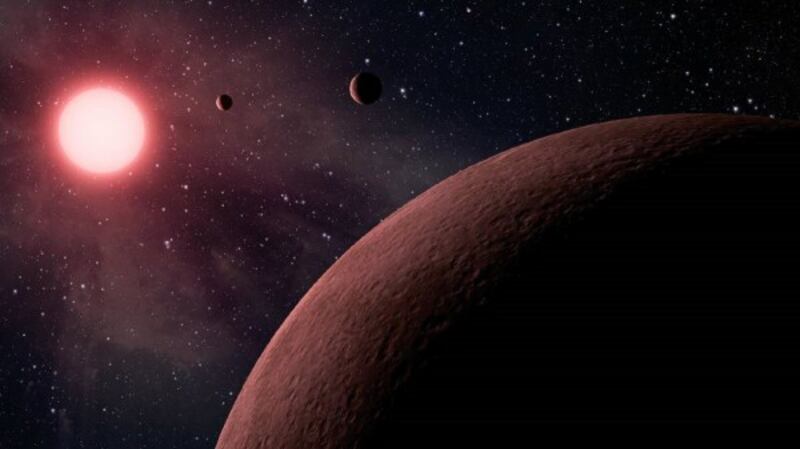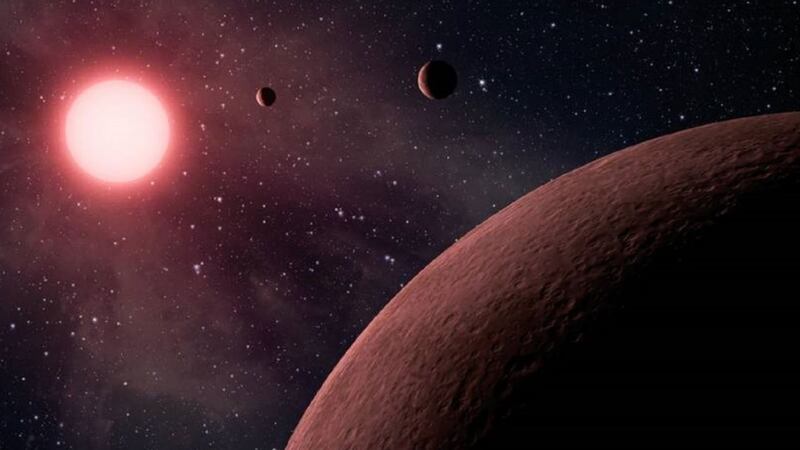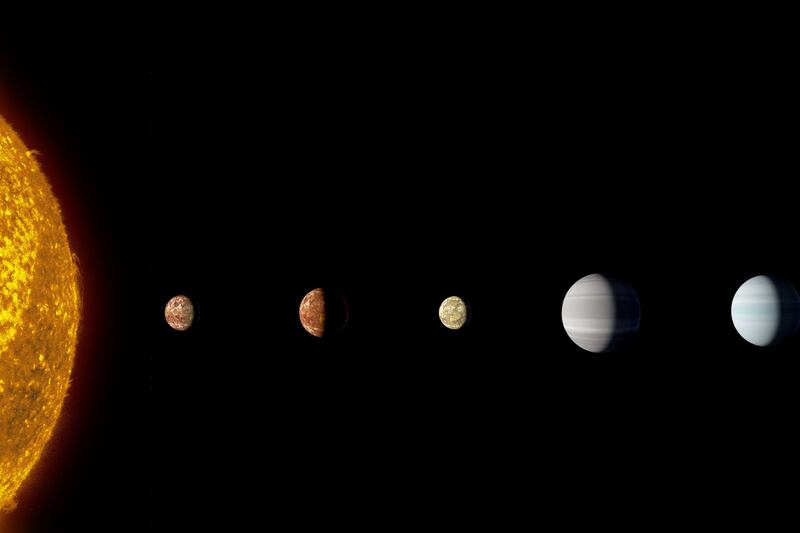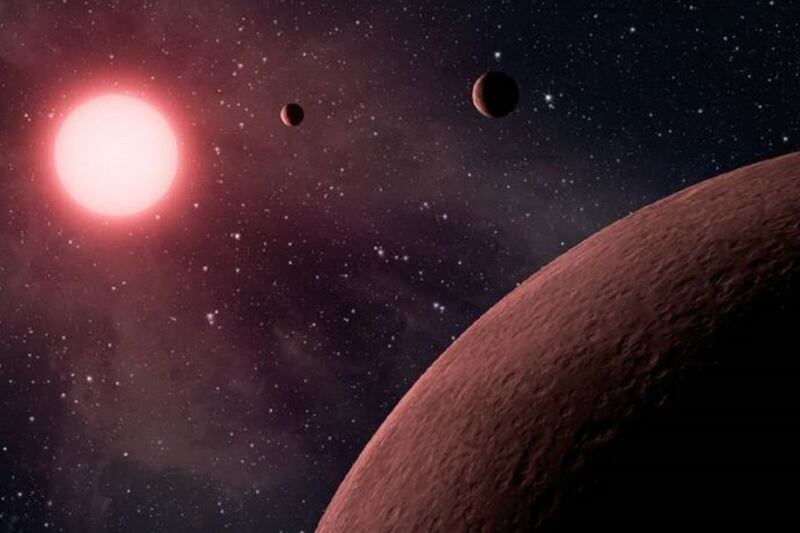Nasa has announced its planet-hunting telescope has found 10 new planets outside our solar system that are probably the right size and temperature to potentially have life on them.
As the Kepler telescope finished its main mission, Nasa announced there are 219 new planet candidates, some of which could be habitable. And, yep, 10 of them may even be just like our own…
Here’s everything you need to know.
So, what do we know about the planets which could have life?
With 219 potential new worlds out there, some could be habitable & 10 of them like our own. Here's things to know: https://t.co/DIGV6HOEDR pic.twitter.com/QRUBrQuUkg
— NASA (@NASA) June 19, 2017
Seven of the 10 newly found Earth-size planets circle stars that are just like ours, not cool dwarf ones that require a planet be quite close to its star for the right temperature.That does not mean the planets have life, but some of the most basic requirements that life needs are there, upping the chances for life. What have Nasa said about the discovery?
LIVE NOW: Experts discuss latest results from our planet-hunting @NASAKepler mission: https://t.co/4ppqT2pUXN Have Qs? #askKepler pic.twitter.com/MBSH9nqlyJ
— NASA Kepler and K2 (@NASAKepler) June 19, 2017
Kepler scientist Mario Perez said in a news conference: “Are we alone? Maybe Kepler today has told us indirectly, although we need confirmation, that we are probably not alone.”Meanwhile, outside scientists agreed that this is a boost in the hope for life elsewhere.“It implies that Earth-size planets in the habitable zone around sun-like stars are not rare,” Harvard astronomer Avi Loeb, who was not part of the work, said in an email. What actually is the Kepler telescope?
TODAY: Tune in at 8 am PT to https://t.co/4ppqT2pUXN for new results from our planet-hunting @NASAKepler mission: https://t.co/G0pyQ0cFnH pic.twitter.com/J6KAPfUjMP
— NASA Kepler and K2 (@NASAKepler) June 19, 2017
It was designed to survey part of the galaxy to see how frequent planets are and how frequent Earth-size and potentially habitable planets are.Kepler’s main mission ended in 2013 after the failure of two of its four wheels that control its orientation in space.Between Kepler and other methods, scientists have now confirmed more than 3,600 exoplanets and found about 62 potentially habitable planets.“This number could have been very, very small,” said Caltech astronomer Courtney Dressing.“I, for one, am ecstatic.” What next for the Kepler team then?

Kepler research scientist Susan Mullally of the SETI Institute in Mountain View, California said it is too early to know how common potentially habitable planets are in the galaxy because there are lots of factors to consider, including that Kepler could only see planets that move between the telescope vision and its star.It will take about a year for the Kepler team to come up with a number of habitable planet frequency, she said.Before Kepler was launched, astronomers had hoped that the frequency of Earth-like planets would be about 1% of the stars.The talk among scientists at a Kepler conference in California this weekend is that it is closer to 60%, he said.





